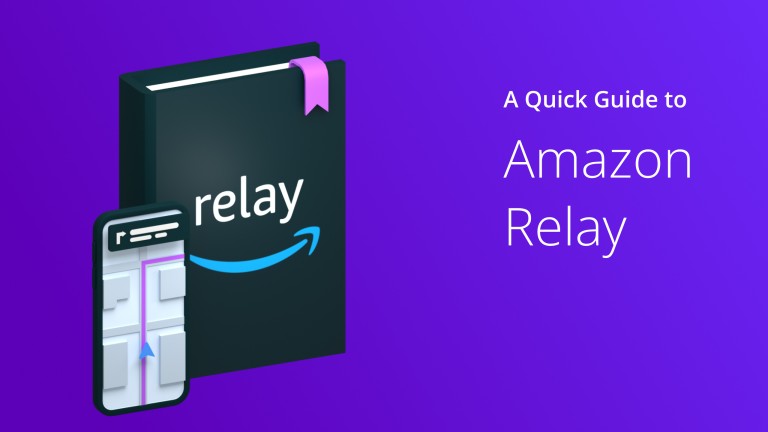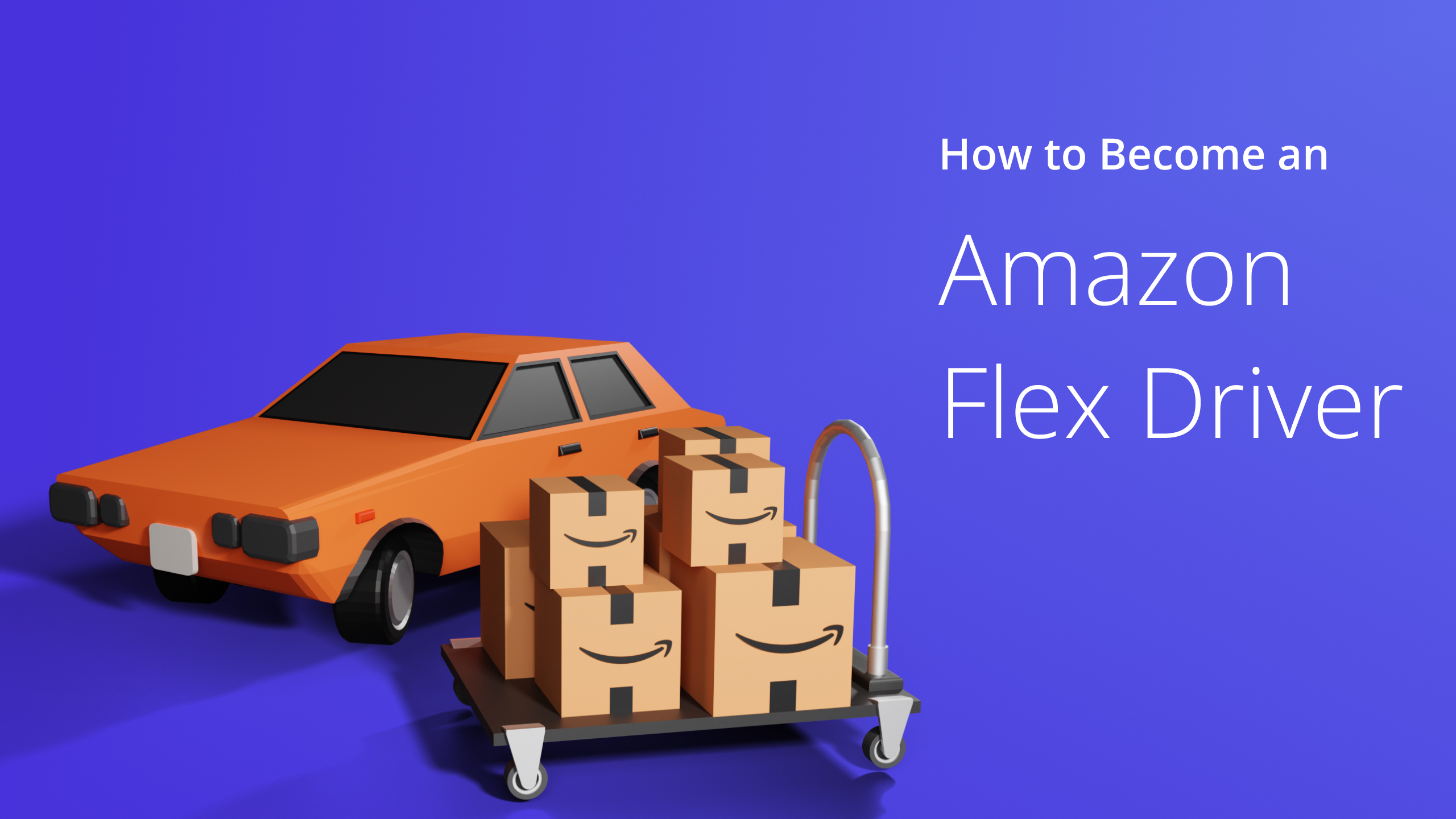Amazon Relay was launched in 2017 to fill the company’s growing capacity requirements. It’s an excellent program for fleet owners and owner-operators to grow their business by picking up and delivering Amazon loads.
Amazon claims the program is user-friendly and provides seamless booking options and fast payments.
But is it too good to be true?
We’ll cover how the program works, its benefits, earnings, and requirements in this complete guide to Amazon Relay to help you decide if it’s worth your consideration.
Table of Contents
What is Amazon Relay?
Amazon Relay is a platform where owner-operators, truck drivers, and carriers can find and book loads, get into short-term contracts, and post their trucks’ availability. This helps Amazon match them with the right load.
How Does Amazon Relay Work?
Here are three ways you can find work on Amazon Relay.
Load Board
It’s similar to typical load boards where drivers and carriers can find and book loads on the Amazon Relay app or website.
You can use the load board for free. And companies don’t need to commit to any loads.
The downside is you may lose high-paying Amazon loads as they get booked in seconds.
Want To See For Yourself How Route4Me Can Help Improve Efficiency?

Short-term Contracts
Short-term contracts allow owner-operators and carriers to commit to more predictable work.
This way, drivers and carriers have consistent work and know their schedules in advance. Short-term contracts can be valid for a few days to multiple weeks.
The downside is it’s less flexible, and pay-per-load could be less than other options. The rates vary based on trip length, location, and demand.
Post a Truck
Transportation companies can post the details about their trucks’ availability. Then Amazon Relay automatically books loads matching the availability criteria.
The payment is higher than other options. However, there is less flexibility, and it can be unpredictable, unlike in short-term contracts.
Amazon Relay Requirements
Here are the Amazon Relay requirements for carriers, drivers, insurance, and vehicles.
Amazon Relay Requirements for Carriers
Here is what Amazon requires from carriers to be a part of the Relay program:
- An active DOT number with interstate authority.
- Valid Motor Carrier Authority Number(MC)
- Federal Motor Carrier Safety Administration (FMCSA) safety rating is required. The acceptable ratings are ‘Satisfactory,’ ‘None,’ or ‘Not rated.’ You can view your safety rating by visiting the Safety and Fitness Electronic Records (SAFER) system website.
- A ‘Carrier’ entity type must be Authorized for Property and for hire.
- Behavior Analysis and Safety Improvement Categories (BASIC) scores:
- Unsafe Driving below 60%
- HOS Compliance below 60%
- Vehicle Maintenance below 75%
Amazon Relay Insurance Requirements
Here are the Amazon Relay insurance requirements:
- Commercial General Liability should be at least $1,000,000 per incident and $2,000,000 in the aggregate.
- Auto Liability should be at least $1,000,000 per incident. This should include a $50,000 trailer replacement coverage.
- Cargo coverage should not be less than $100,000
- Workers’ Compensation should cover all jurisdictions where your trucking company operates.
- Employer Liability should be at least $100,000 per incident.
Vehicles and Trailers Requirements
Amazon Relay allows companies to use day cabs, sleeper cabs, dry van trailers, reefers, and box trucks. And here are the size requirements:
- Tractors: Sleeper cab or day cab
- Trailers: 28′ trailers’ (dry van) and 53′ trailers (reefer or dry van)
- Box Truck: 26′ Box truck with tuck-under liftgate
- Interior cargo dimensions should be at least 26′ x 8′ x 8’
How Much do Amazon Relay Loads Pay?
Amazon doesn’t reveal any payment range. However, according to ZipRecruiter, the average Amazon Relay salary in the U.S. is $61,286 per year, or around $29.46 an hour.
Amazon doesn’t reimburse fuel or any other expenses. However, they cover fuel surcharges by the mile, based on weekly national averages published by the U.S. Energy Information Administration.
Also, Amazon Relay pays for canceled loads. Drivers receive $175 compensation if Amazon cancels a load within two hours before the pickup time.
When Can You Get Paid?
Amazon’s payment cycle runs weekly from Sunday to Saturday. So, if you complete jobs before 23:59 Saturday, you will get paid the following week on Friday.
How to Apply to Amazon Relay Program
Applying to the Amazon Relay program is pretty straightforward. Go to the Amazon Relay website, create an account, and fill in the required information like insurance details and operating authority.
Once approved, you can execute loads through the Amazon load board app.
Amazon typically takes up to four business days to approve applications, but some Amazon Relay drivers claim they got approved within 24 hours.
When Can Amazon Relay Deny Application?
If you don’t meet the requirements we shared above, it will lead to disapproval. However, there are several other reasons why Amazon Relay may deny your application.
Your application could be denied if you recently applied for your MC number and authority. You should wait at least two days before applying again. Also, incomplete or inaccurate information may cause disapproval.
You could even receive a rejection stating, “You Do Not Meet Our Compliance,” even though you’ve got active insurance.
Don’t worry. This could mean that Amazon Relay’s system still needs to fully update with the FMCSA database.
All you need to do is reach out to Amazon Relay explaining the issue, and they will recheck the FMCSA database.
Is Amazon Relay Worth Considering?
Amazon Relay is an excellent option if you have the additional capacity or are new to the field. You will have a consistent work schedule, flexibility, and guaranteed revenue.
However, you shouldn’t rely solely on Amazon Relay because Amazon loads could be lower than working directly with shippers. Plus, you need to get additional insurance coverage to meet Amazon Relay insurance requirements.
If you want to improve the efficiency of your delivery operations, use advanced route optimization software.
Route4Me, the best route planner can optimize multi-stop routes for multiple drivers in less than a minute. The delivery routing software considers weather, traffic, roadblocks, loads, and many other factors to ensure drivers never get stuck on the road and always make on-time deliveries.
With this route optimization software, you can re-optimize routes, monitor your vehicles in real time, update your customers about their delivery status, track fuel costs, and much more.
Learn the benefits of delivery scheduling software in detail and sign up for Route4Me Route Optimizer’s Get Started today!
Want To See For Yourself How Route4Me Can Help Improve Efficiency?








